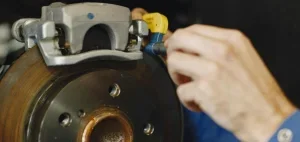Table of Contents
● Introduction
● Market overview
● Different types of brake discs and their features
● Things to consider when selecting brake discs
● Conclusion
Introduction
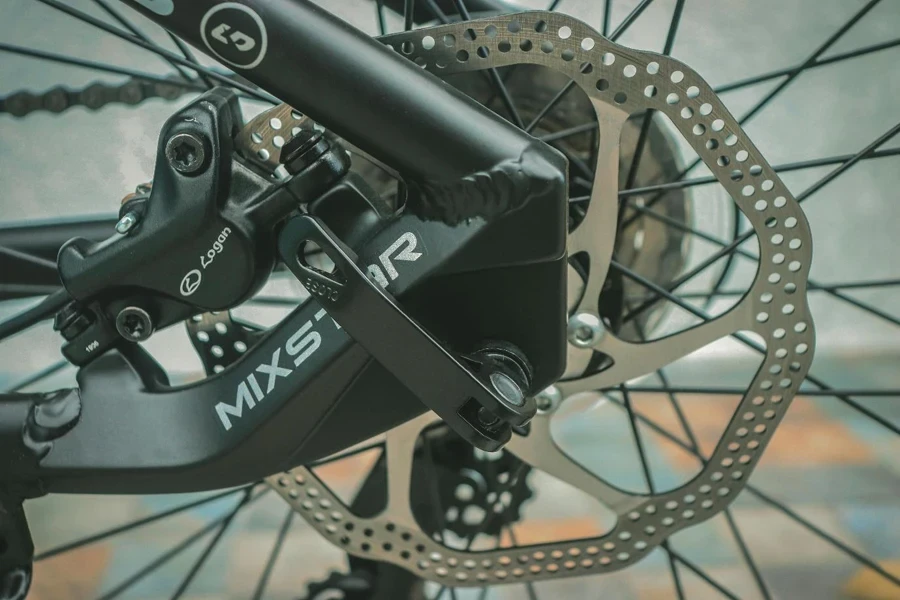
The selection of brake discs is essential to guarantee the car’s safety and efficiency. The global market of brake discs is rapidly growing and is stimulated by the demand for commercial and luxurious automobiles. Flat brake discs, vented, drilled, slotted, and combination brake disc types perform differently. Some critical aspects that need to be considered when identifying the right brake discs include the type of vehicle, performance level, price, and compatibility. Knowledge of these elements makes it possible to achieve the highest level of braking and, therefore, safety for various purposes.
Market overview

Market scale and growth
The automotive disc brake market was worth USD 11.24 billion in 2013. It is expected to reach USD 19.30 billion by 2032 at a CAGR of 6.09%. This growth results from the rising demand for disc brakes in commercial vehicles, the use of luxury cars, and the safety laws that are meant and implemented in different countries. These two segments increase market demand for automobiles for both passengers and commercial purposes, with the example of increasing market demand in China and India.
Regional insights
Regarding the regional market share distribution, The Asia-Pacific region holds the largest proportion primarily due to the availability of cheaper Human resources and Material resources and the established automobile industry. Europe comes second in the consumption share, owing to the leading automobile industry and increasing per capita income. Out of all the regions analyzed, it is predicted that North America is going to be the fastest-growing from 2023 to 2032, thanks to the established automotive manufacturers and rising requirements for LCV and PC.
Key trends
Some trends spur market growth by manufacturers incorporating advanced braking systems because of their safety and as urged by government organizations. Market development is due to advances in braking systems, and funding for self-electric automobiles also plays a role in market development. The expansion of a new and enhanced braking system by major players and specialization in research and development is expected to propel the market even further.
Different types of brake discs and their features
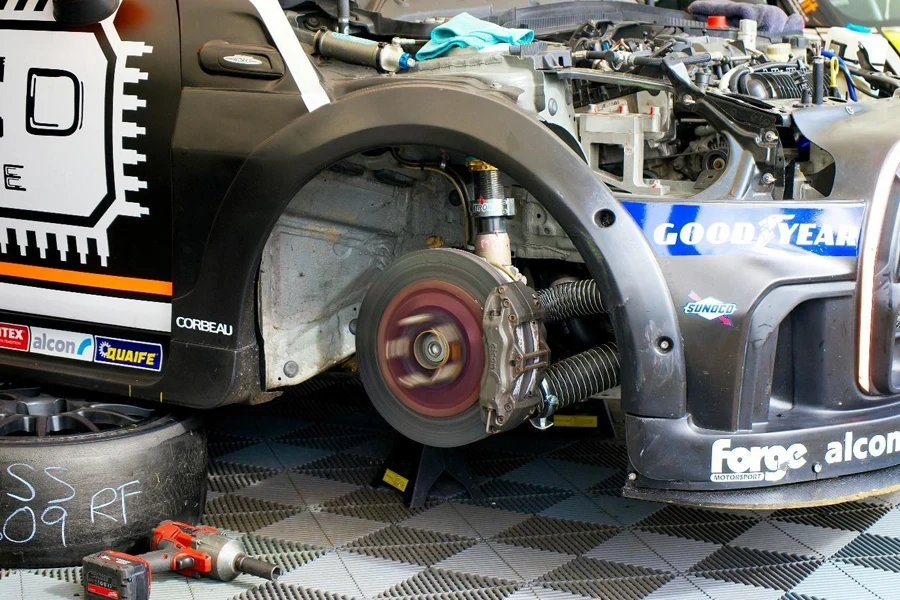
Flat brake discs
These brake discs are flat, and the material utilized is cast iron, which offers a smooth braking surface. They are commonly employed in smaller automobiles because of their low price and adequate stopping power for relatively small loads. Due to the large surface area contacting the brake pad, good braking is achieved. However, flat discs get overheated for long periods on the brakes, and the brakes fade and even warp. Device overloading and reduced efficiency can occur during activities such as heavy braking when there is a lack of proper ventilation.
Vented brake discs
Vented brake discs have two solid discs and an internal vane structure to enhance the airflow. This design dissipates more heat, making it appropriate for larger and heavier vehicles, which generate more heat. The vanes also work in cooling, which helps avoid heat buildup, thus minimizing the wear and tear of the brake pads. Although vented discs can be a little heavier than other types, they can provide the best performance throughout a car’s life, and extreme and constant thermal stress makes them ideal for vehicles that demand consistent braking force.
Drilled brake discs
Drilled brake discs have holes that go through the rotor surface, and their number is large. These holes provide cooling and allow the gases and debris to escape the friction surface to interrupt brake fade. The design also helps reduce the general weight supported by the disc, which improves vehicle handling, among other advantages. However, the drilled holes may cause areas of stress, which can result in the discs cracking when faced with extreme braking conditions. Also, debris may pile up within these holes over time, reducing the brake’s performance rate.
Slotted/grooved brake discs
Grooved brake discs have a pattern or slots on the rotor face, making this the most identifiable of all the brake disc types. These slots aid in expelling the gases, dust, and water from the contact surface, enhancing the brake pad bite in wet weather with minimal chances of hydroplaning. The grooves also make it possible to deglaze the brake pads, thus offering better adhesion and good performance. Though slotted discs fasten pad renewal and have better heat resistance, their operation sound level is relatively high due to the scraping action of the slots.
Combination discs
The combination discs have the features of drilling and slotting on the rotor surface, giving the two designs merits. Drilled holes and slots optimize the braking feel and cooling, prevent brake fade, and help maintain the brake pads’ clean metal-to-friction material interface. This is a double advantage since it enhances the general braking system, especially when exposed to high stress levels. However, like any other manufactured discs, they entail certain complexities that make their manufacturing associated with high costs and possible structural challenges.
Dimpled brake discs
Dimpled brake discs, as the name suggests, have a series of shallow indentation patterns on the brake rotor surface. These dimples also contribute a little to reducing the disc’s mass in equal proportion to reinforcing the disc’s structural integrity. Like under-cutting, dimples do not extend to the other side of the rotor, which reduces the risk of developing cracks. Although car manufacturers like dimples due to their ability to enhance heat dissipation and keep the pad’s surface clean, they offer lesser cooling capacity than fully drilled or slotted discs. Dimpled discs provide a good compromise of lightweight with improved strength.
Waved edge brake discs
When the abraded edge of the brake discs has a wavy surface, you get waved edge brake discs. This design greatly cuts the disc’s mass from the unsprung weight, enhancing the vehicle’s flexibility and maneuverability. The waved edges help enhance the surface area for cooling and heat dissipation. Moreover, such a design direction can impede air circulation, further contributing to heat regulation. The sweetness of waved edge discs is due to their reduction in weight and uniqueness of design; they are often used in high-performance racing cars.
Things to consider when selecting brake discs
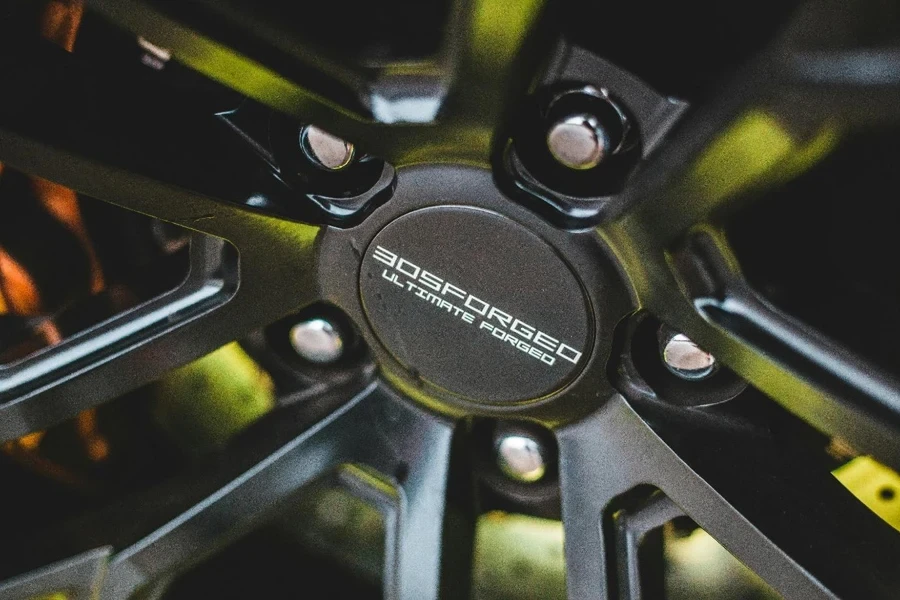
Vehicle type and usage
Choosing suitable brake discs is influenced by the needs of the vehicle. Cars, LCVs, and HCVs require different levels of braking systems as they are used for other purposes. For example, HCVs may call for brake discs with higher thermal inertia because of the vehicle weight and the higher velocity rates. Standard flat discs might be enough for a car used and driven within the city, while a performance car will require cross-drilled discs. Vented or slotted discs are better for off-road or racing cars since they have better cooling and clear debris. The car’s weight and speed also influence it; heavy cars produce more heat as they possess more kinetic energy; therefore, brake discs capable of handling high amounts of heat without fading are needed.
Performance requirements
Technical factors defining braking performance include heat dissipation, friction coefficient, and wear resistance. For such applications as racing or high-speed driving, one needs discs of a more sophisticated type, for instance, drilled or slotted, to enhance the disc’s cooling and minimize the dangers of going brake fade. Hole discs provide better thermal conductivity than solid discs because they have more surface area and pathways for ventilation, and grooved discs provide fresh surfaces to the brake pad to hold constant friction. Vented discs are better suited for usual, daily use since they are designed to have internal fins that help cool the disc. Assessing the particular performance requirements enables identifying whether the brake disc of choice meets the vehicle’s braking tasks without threatening safety.
Budget and cost of ownership
The term ‘cost’, which is intertwined when deciding the ideal car brand to purchase, looks at not only the initial cost of buying the car but the cost that will be incurred in the long run, for example, through repairs and replacements. Even though carbon-ceramic discs are more pricey, their performance and reliability are quite impressive; thus, replacements are relatively less frequent. Cast iron discs, however, are used in most vehicles as they are relatively cheaper to acquire. Its configurations can have vents or dimples; with these two aspects, the emphasis can be put on performance and cost. Other costs that should be considered include regular maintenance; for example, slotted or drilled discs are likely to wear out or degrade the pad more often than normal discs. One can fix it with better quality material, including high carbon alloys that will increase the product’s lifespan and decrease costs in the long run.
Compatibility and quality
Another factor to consider is ensuring the brake will work with the vehicle’s existing braking system. This concerns the dimensions of the discs, such as diameter thickness and the type of calliper used. For example, floating callipers are typical for passenger cars and operate with particular discs for efficient work. Durability is important; discs manufactured with high-carbon content alloys have better performance because they do not warp when heated. Precision casting and machining procedures of the manufacturing process guarantee that the discs have the required tolerance levels, hence obtaining the best efficiency and safety measurements. Choosing discs from renowned producers confirms the model’s reliability and durability because the company did not allow flaws to appear without qualitatively checking and passing several tests.
Conclusion
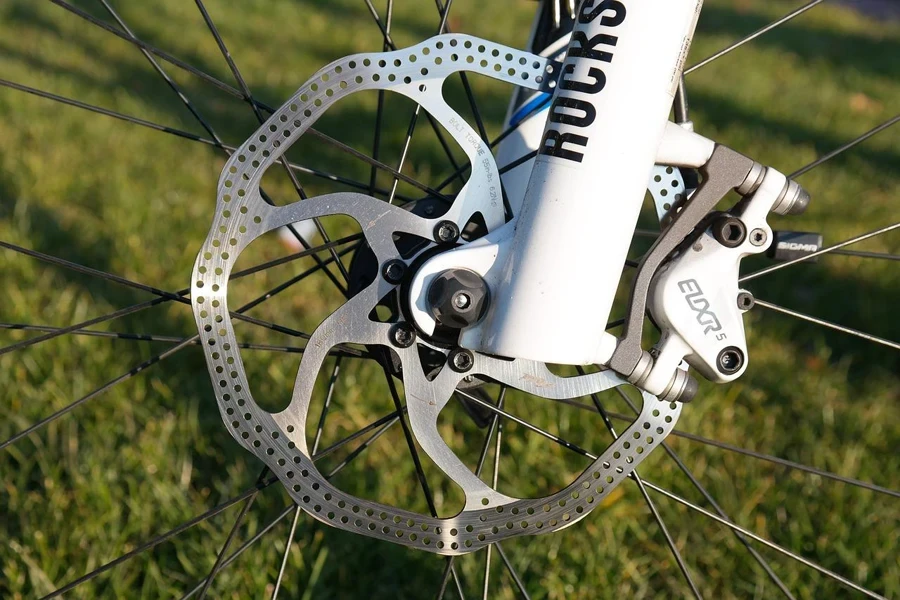
Choosing proper brake discs is one of the significant factors for the safety and performance of the vehicle. It is critical to comprehend both the market and available brake discs and certain factors, like type of car, demanded characteristics, and price. Thus, it would help businesses thoroughly evaluate these aspects to arrive at the right brake disc that would suit their needs and deliver efficiency irrespective of the environmental conditions.
